Struggling with soggy soil, puddling, or patches where nothing seems to thrive? You’re not alone. Poor drainage is a common garden headache — but the right plants can actually solve the problem naturally while adding color, texture, and beauty to the space.
In this article, we introduce 13 stunning plants that don’t just tolerate wet conditions — they thrive in them. These species help improve soil structure, absorb excess moisture, and bring visual interest to areas most gardeners give up on.
Let nature do the heavy lifting — and turn your garden’s wet spots into its most eye-catching features.
Iris Pseudacorus
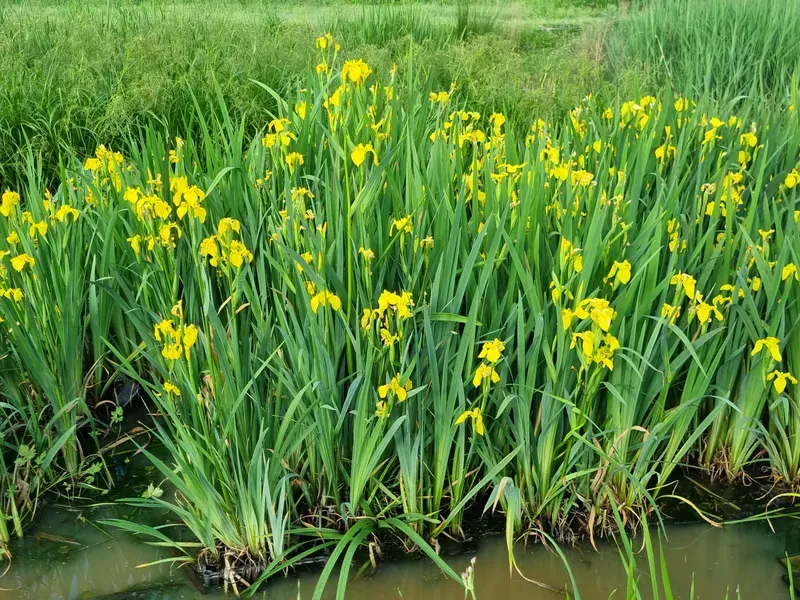
The Iris Pseudacorus, often found gracing the edges of ponds, is a master at managing wet soil. Its bright yellow flowers can light up any garden, making it a standout choice. Known for its resilience, this iris variety thrives where others may falter.
Besides beauty, it offers practicality by improving soil drainage. Its roots help absorb excess moisture, reducing erosion. A fascinating tidbit: it was once used to make a blue dye. When planted thoughtfully, it turns soggy grounds into scenic views.
Consider pairing it with other moisture-lovers for a balanced, harmonious landscape.
Marsh Marigold
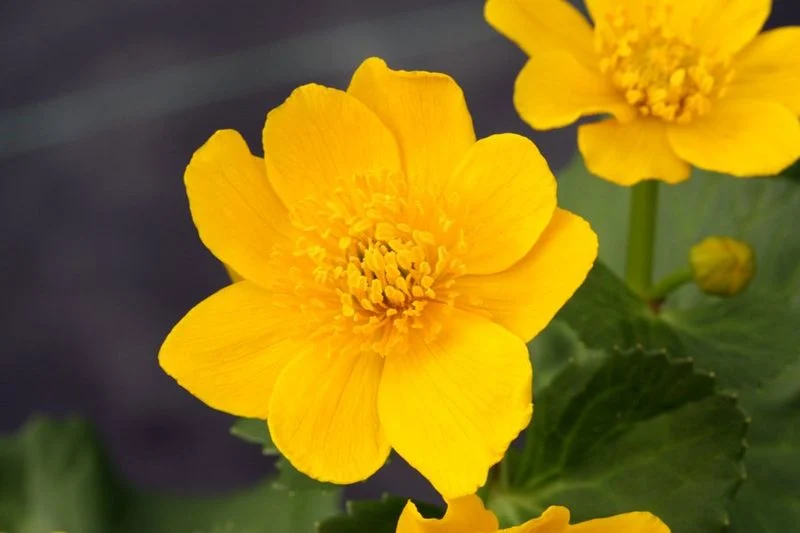
Cheerful and bright, the Marsh Marigold is a sight to behold in damp conditions. This plant thrives in boggy soils, producing golden blooms that capture the essence of spring.
While its flowers are a visual treat, its ability to handle high moisture levels is invaluable. Historically, it was used in folk medicine. Its knack for thriving in less-than-ideal settings makes it a garden favorite.
Plant it in clusters for a splash of color in wet areas, and watch as it complements the surrounding greenery with its sunny disposition.
Japanese Primrose
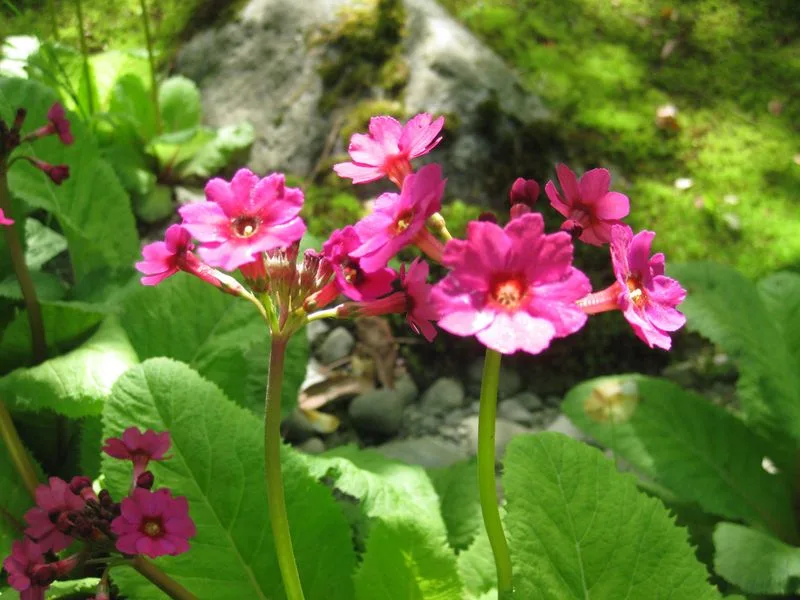
Japanese Primrose stands out with its tiered blooms of pink and red, offering a pop of color in shaded, damp spots. This plant doesn’t shy away from moisture and, in fact, thrives in it.
Its preference for wet soil makes it an ideal candidate for tricky drainage areas. Originating from Japan, it’s a beloved choice for gardeners worldwide.
Plant these primroses along streams or in rain gardens to maximize their visual impact while addressing drainage issues. Their layers of color can transform a shaded corner into a botanical masterpiece.
Canna Lily
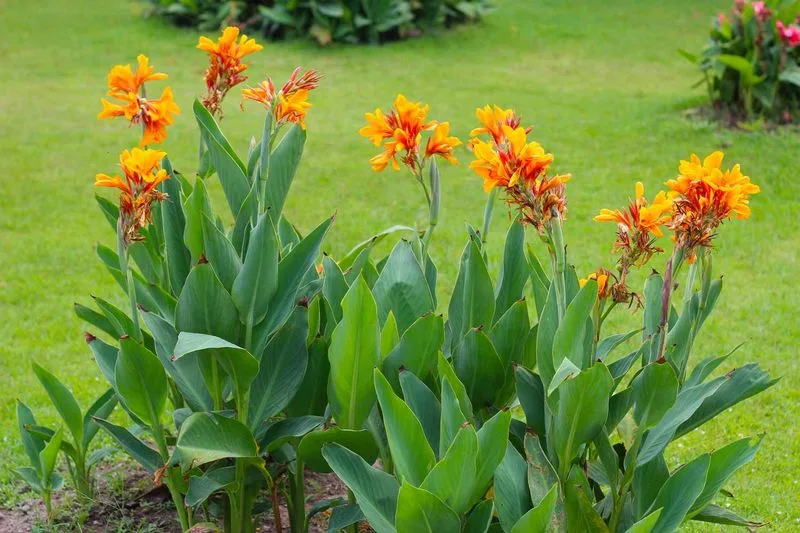
Canna Lily’s striking appearance, with broad leaves and fiery orange blooms, brings a tropical feel to any garden. Besides aesthetics, its adaptability to wet and sunny conditions is commendable.
Originally from the Americas, this plant has a history of being used as food and medicine. Its ability to thrive in wet soil while maintaining its vibrant looks makes it invaluable.
Use Canna Lilies as focal points in gardens needing improved drainage. Their bold presence not only solves moisture issues but also creates a lush, inviting atmosphere.
Cardinal Flower
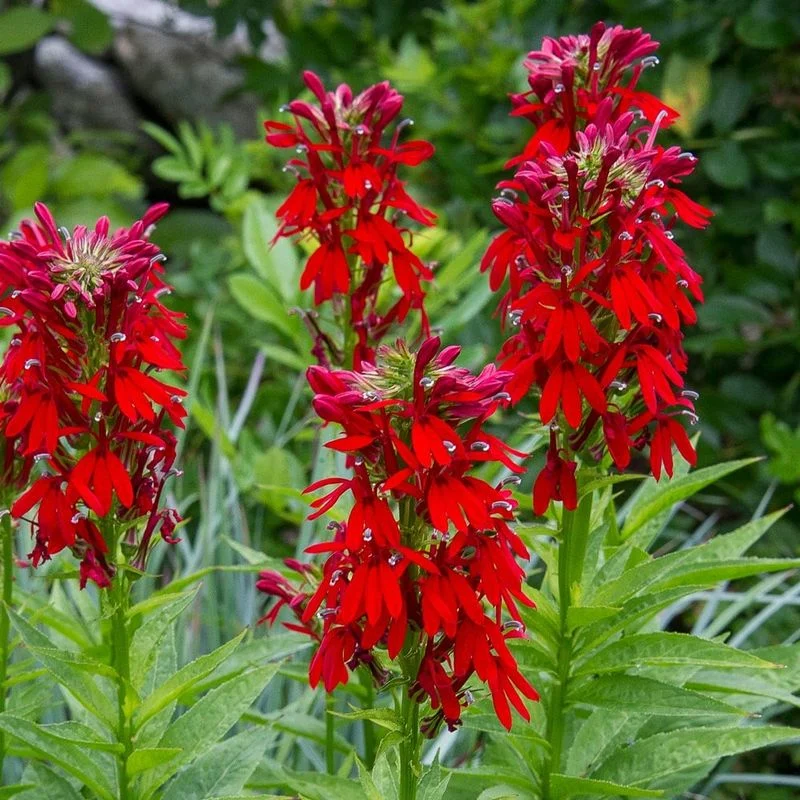
With its vivid red blooms, the Cardinal Flower adds a splash of drama to any waterlogged space. This native North American plant thrives in wetlands and offers a haven for hummingbirds.
Its tall, elegant stalks make it a focal point, drawing eyes and pollinators alike. Historically used by Native Americans for medicinal purposes, it carries a rich heritage.
Planting these in groupings along moist borders can enhance both beauty and ecological value. Their striking appearance is a testament to nature’s artistry.
Horsetail Reed
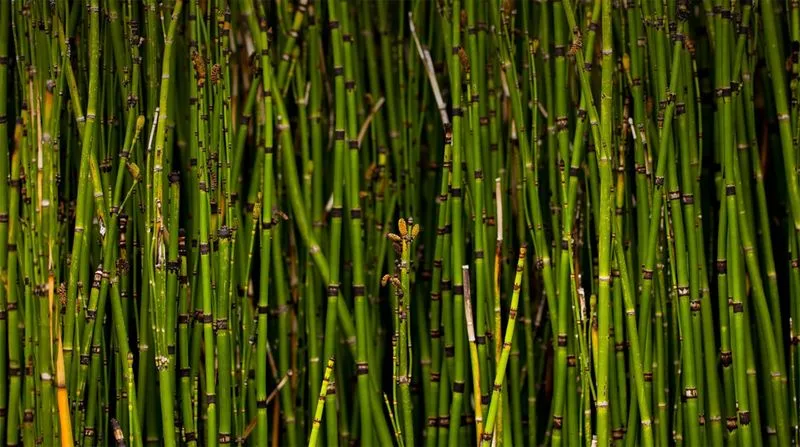
Horsetail Reed, with its distinctive jointed stems, is a living piece of history. This ancient plant is known for its resilience and ability to adapt to wet soils.
Its tall, green stalks add vertical interest to a garden while controlling excess moisture. Fun fact: it’s one of the oldest plant species on Earth, dating back to prehistoric times.
Incorporate Horsetail Reed in areas prone to standing water for a touch of prehistoric charm and functional drainage. Its unique look can define spaces with its structured simplicity.
Swamp Milkweed
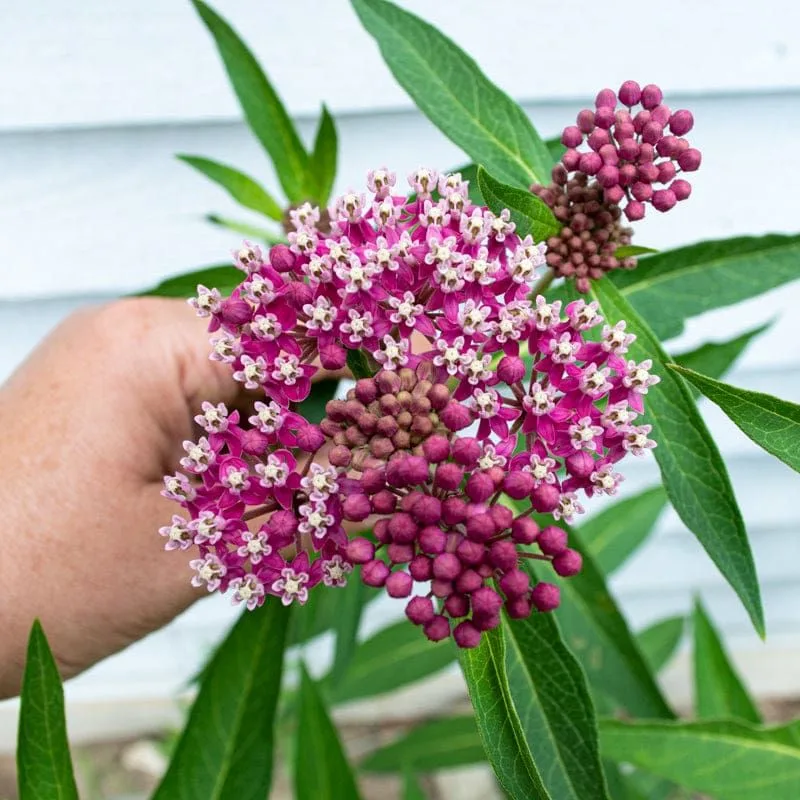
Swamp Milkweed is more than just a pretty face; it’s a lifeline for monarch butterflies. Its clusters of pink flowers are a beacon of beauty in moist environments.
This plant’s deep roots are adept at managing wet soils, providing stability and preventing erosion. Historically, Native Americans utilized its fibers for making cords.
Including Swamp Milkweed in your garden supports wildlife while enhancing drainage. Its place in a meadow or alongside water features can create a dynamic ecological tapestry.
Siberian Iris
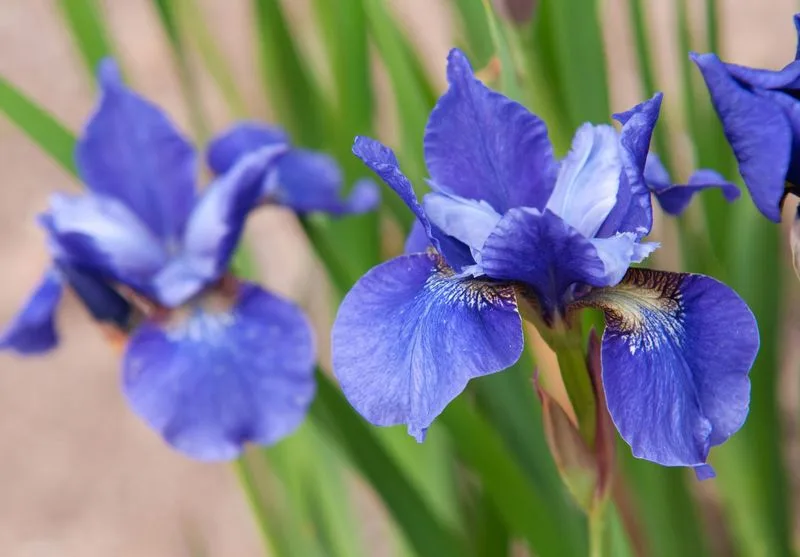
The elegant Siberian Iris, with its deep blue petals, is a favorite for water-logged gardens. Its beauty is matched by its toughness, thriving where others struggle.
Perfect for rain gardens, it stabilizes soil and absorbs excess moisture while offering a striking visual appeal. Interestingly, it’s been a symbol of wisdom and courage in various cultures.
Use these irises to add depth and resilience to garden spaces battling drainage issues. Their striking form and color can create a serene, contemplative space.
Astilbe
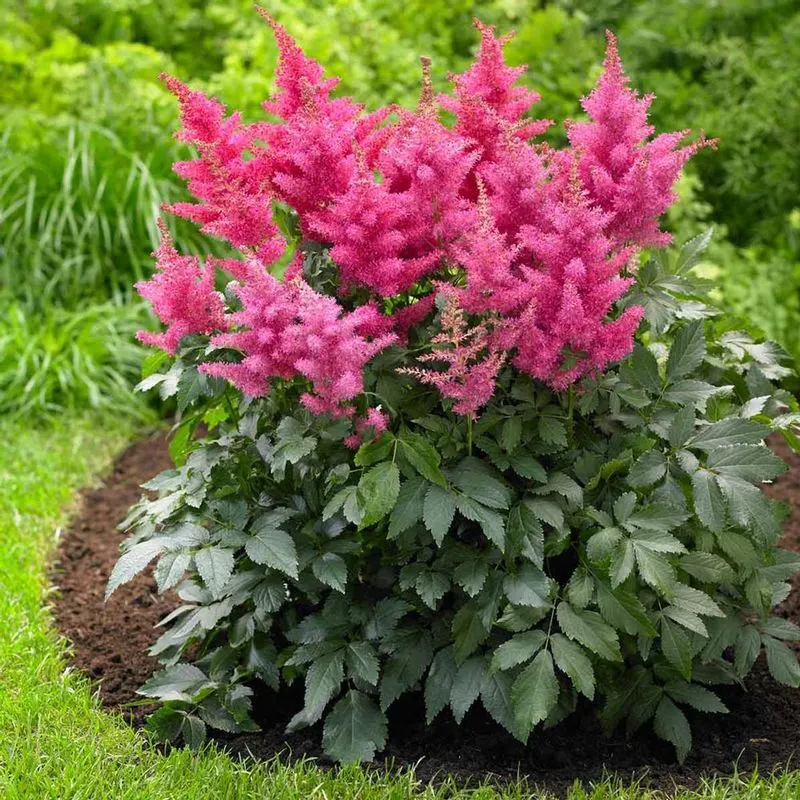
Astilbe’s feathery pink plumes are a delight in shaded, moist gardens. This plant’s preference for rich, damp soil makes it a perfect fit for tricky drainage zones.
Its foliage adds texture, while its blooms offer a soft color palette. Artists have often drawn inspiration from its graceful form.
Plant Astilbe in groups for a harmonious blend of form and function. Its ability to handle moisture while brightening dark corners is commendable and adds a touch of elegance.
Juncus Effusus

Juncus Effusus, known for its spiral green stems, is a staple in contemporary garden designs. Its ability to thrive in wet conditions is matched by its visual intrigue.
Often used in modern landscaping, it adds a sculptural element to gardens. Historically, it was used in weaving mats and baskets.
This rush is perfect for pond edges or as a statement piece in waterlogged areas. Its unique form offers both functionality and artistic flair, making it a versatile choice for creative gardeners.
Sweet Flag
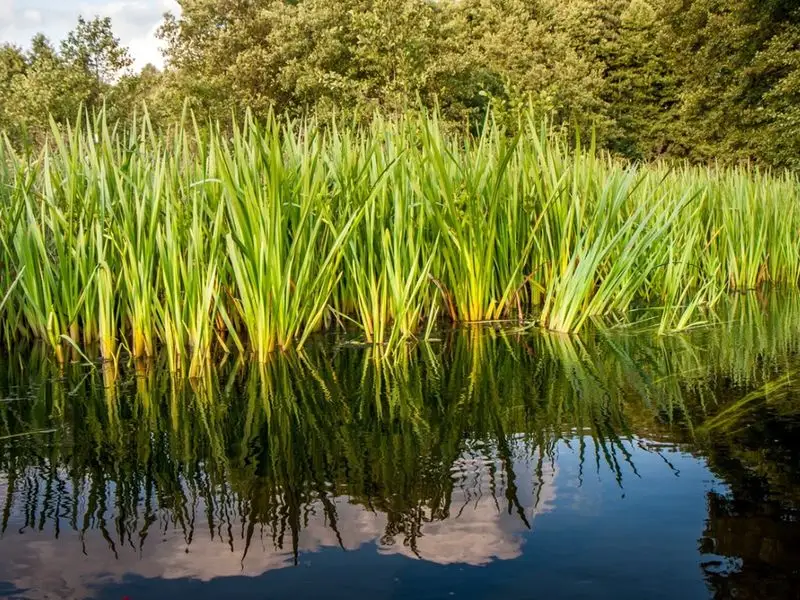
Sweet Flag’s long, slender leaves have been a garden favorite for centuries. Known for their citrus scent, they offer more than just visual appeal.
Its historical use in medicine and as an insect repellent adds layers to its story. This plant excels at absorbing excess water, turning soggy areas into thriving habitats.
Consider Sweet Flag for areas needing both visual interest and water management. Its dense growth can create a natural border, enhancing both beauty and function in any garden setting.
Water Forget-Me-Not
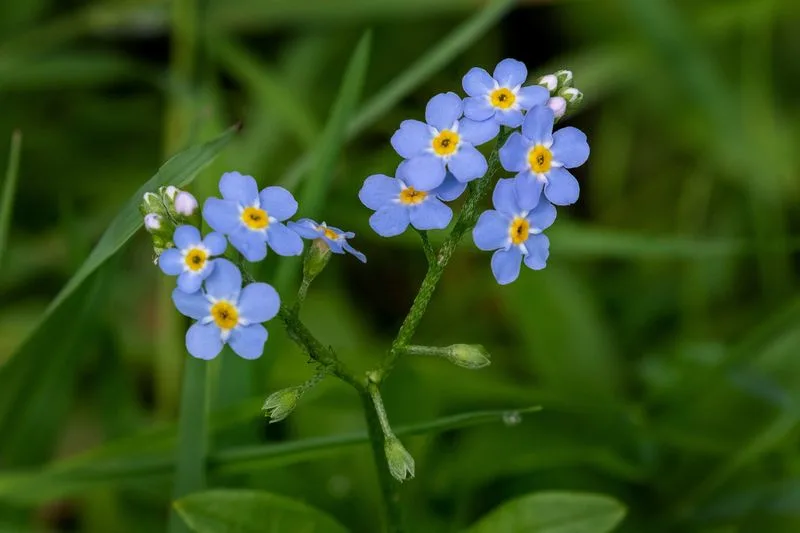
Tiny but mighty, the Water Forget-Me-Not is a charming addition to any waterlogged garden. Its delicate blue flowers are reminiscent of clear skies, offering a gentle contrast to green foliage.
This plant’s ability to thrive in saturated soils is only part of its charm. Historically, it has been associated with love and remembrance in folklore.
Plant these along water features or in rain gardens to enhance both aesthetics and drainage. Their subtle beauty and functional prowess make them a valuable addition to any garden.
Lobelia Siphilitica
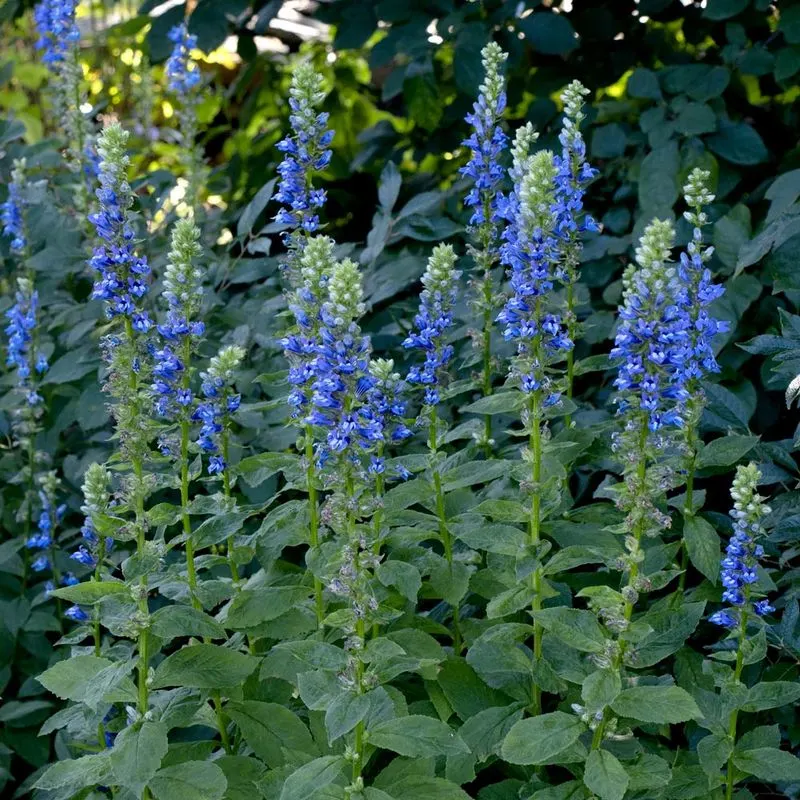
Lobelia Siphilitica’s bright blue flowers are a standout in any wetland garden. Known for attracting pollinators, this plant thrives in moisture-rich soils.
Its historical use in traditional medicine adds an interesting facet to its profile. The vibrant blue blooms bring a refreshing burst of color to soggy areas.
Use Lobelia Siphilitica in groupings to maximize its visual impact and support biodiversity. Its ability to manage excess water while beautifying landscapes is truly remarkable.

